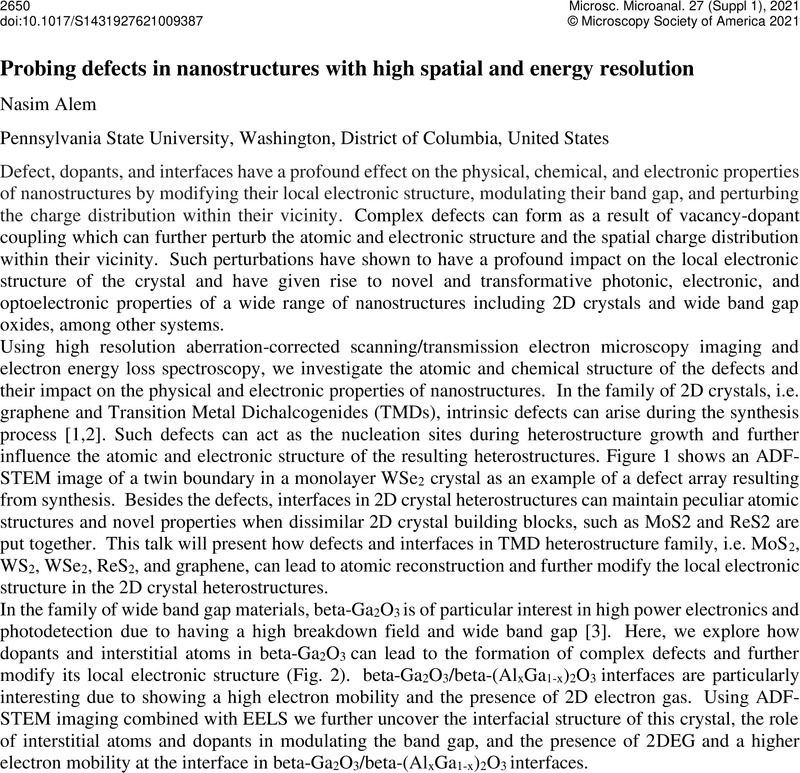Crossref Citations
This article has been cited by the following publications. This list is generated based on data provided by Crossref.
Karyukin, Vladislav
Mutanov, Galimkair
Mamykova, Zhanl
Nassimova, Gulnar
Torekul, Saule
Sundetova, Zhanerke
and
Negri, Matteo
2022.
On the development of an information system for monitoring user opinion and its role for the public.
Journal of Big Data,
Vol. 9,
Issue. 1,





